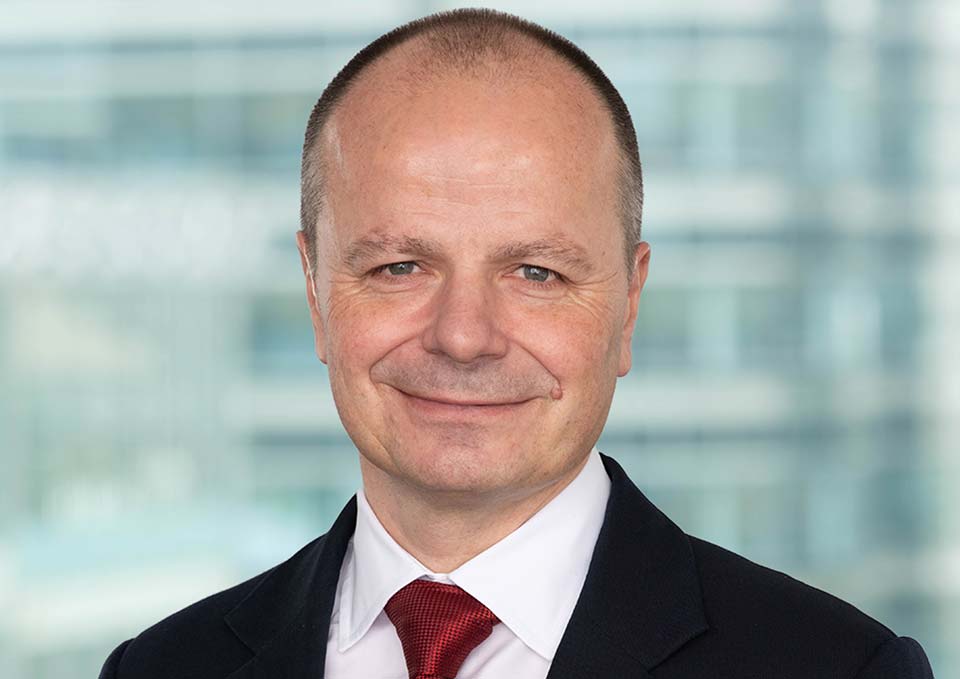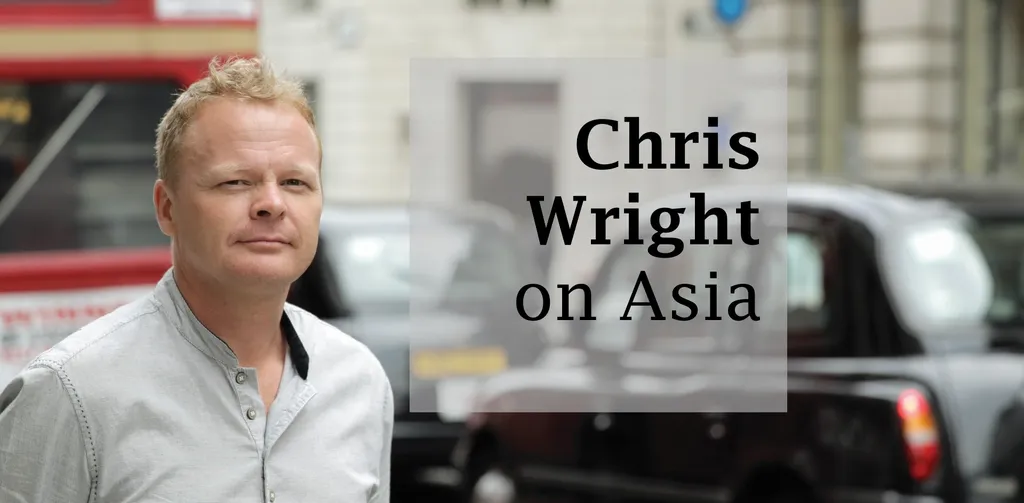There was an intriguing item in HSBC’s interim results highlights on August 1. The bank reported a total net expected credit losses (ECL) figure of $1.1 billion for the first half, made up of new charges and additional allowances “to reflect heightened economic uncertainty and inflation”; yet it also released most of its remaining Covid-19 reserves.
This raises an interesting question. At what point did credit stress stop being a pandemic issue and start being an unrelated macro issue?

One might argue that they are still one and the same.
Access intelligence that drives action
To unlock this research, enter your email to log in or enquire about access




